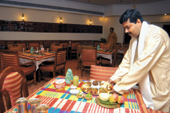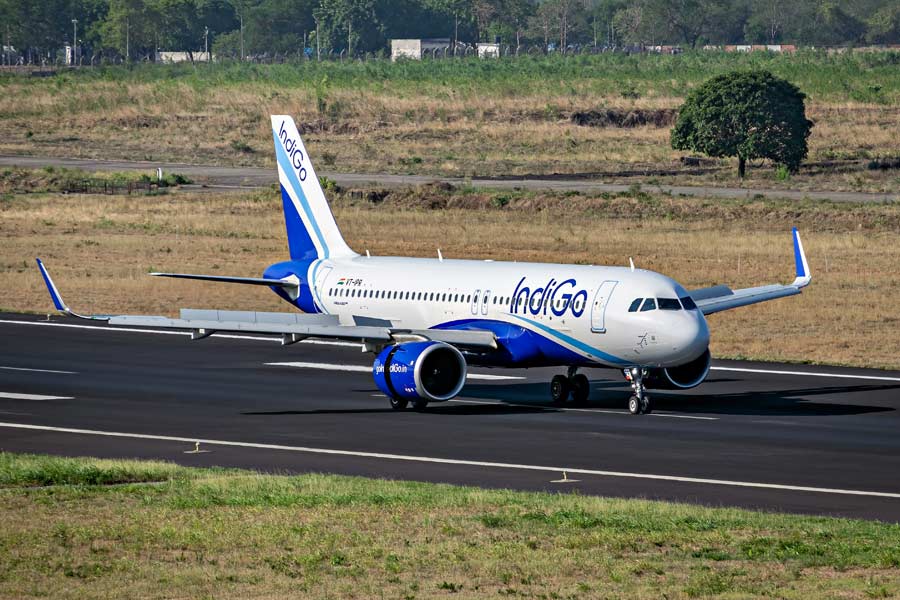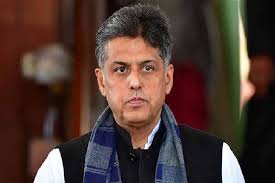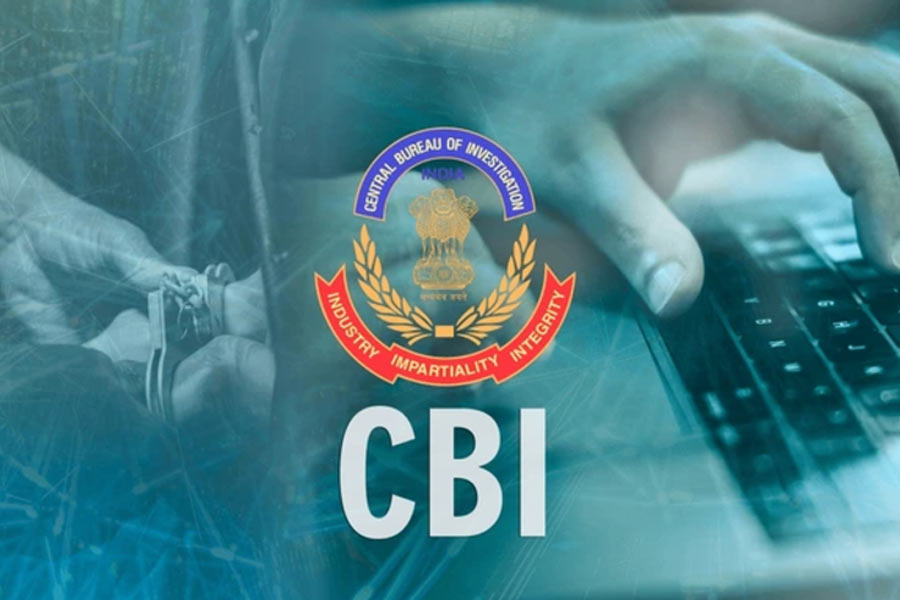 |
 |
 |
| (From top) A full-course Bengali meal being laid out at Aaheli at The Peerless Inn; Bhaichung Bhutia with his wife Madhuri at 6, Ballygunge Place; a chef whips up some Bangla delights at Aaheli. Pictures by Rashbehari Das |
The ghoti-bangal rivalry may be more a matter of jest nowadays, but when it comes to food, there are still some serious differences between the two.
The cuisine that originated in West Bengal may be similar to that of Bengalis from the erstwhile East Bengal, but there are distinct variations in method of preparation, and the variety and form of spices used.
?The cuisine of West Bengal is a derivation of that of East Bengal. The form of starch is common to both. A meal has rice and fish at the heart of it and ends with sweet chutney, but the similarity ends there,? says Supriyo Sen, food and beverage manger, Peerless Inn. ?The cooking traditions are otherwise different visually, in consistency and in the way they are served,? he adds.
The approach towards food is also quite different. ?Ghoti food is influenced by the Colonial era and is quite regal in appearance,? observes Sushanta Gupta, master chef at 6 Ballygunge Place, a Bengali speciality restaurant.
The ingredients and methods show the affluence of the region and the influences of the era gone by. ?The cooks who would prepare the meals ran the kitchen and the owners of the house had little to do with the ranna ghar. Whereas in East Bengal, the women of the house were in charge,? he explains. Modern households reflect this distinction still. ?Even now, homemakers in West Bengal rely more on cooks. This can lead to the lack of a personal touch,? feels Supriyo.
Fish is the crux of the menu on either side of the border. If ilish, koi, pabda, tangra and mourala tantalise the taste buds of the east, bekti, pomfret and chingdi reign supreme in the west. Some of the traditional bangal fish-based dishes are Bhapa Ilish, Ilish Machher Paturi and Mourala Maacher Pyaji. Galda Chingdi Chiney Kebab, Aam Posto Chingdi and Kankra Galpetechi are traditional ghoti dishes.
Though several types of fish were added to other dishes in opar Bangla, mutton was used to similar effect here.
Ghoti ranna involves a lot of boiling, baking and roasting besides frying, while in the east, frying and gravies are the usual approach.
The cooking medium is also different. This side of the border, coconut oil is often used, while mustard oil is the preferred base for bangals. Coconut, too, features widely in the cuisine of the west. ?Bangals use a lot of tomato instead of yoghurt to add that tangy taste to the food,? says Sengupta.
Fresh and dry spices, stored in a cool dark place are preferred by all. The frequently-used flavours include cardamom, chilli, cinnamon, cloves, coriander, cumin, fenugreek, garlic, ginger, poppy seeds, saffron, sesame, tamarind and turmeric.
The way these common condiments are used, however, are different. Packaged powdered spices are more popular in ghoti homes, while bangals still prefer freshly ground spices, explain the experts.
Finally, while the sweet tooth may be universal, Aam Rabri, Chhanar Payesh, malpoas and rasogollas are the typical sweets of the west, while Gokul Pithe and lengchas are more common in the east.










